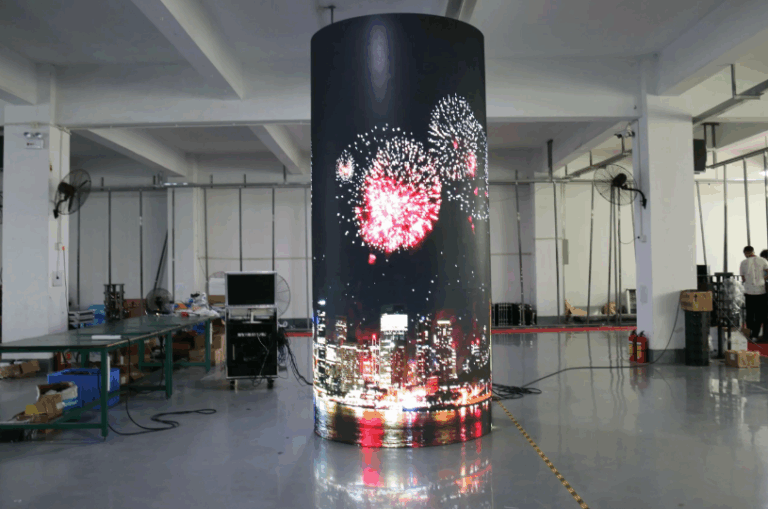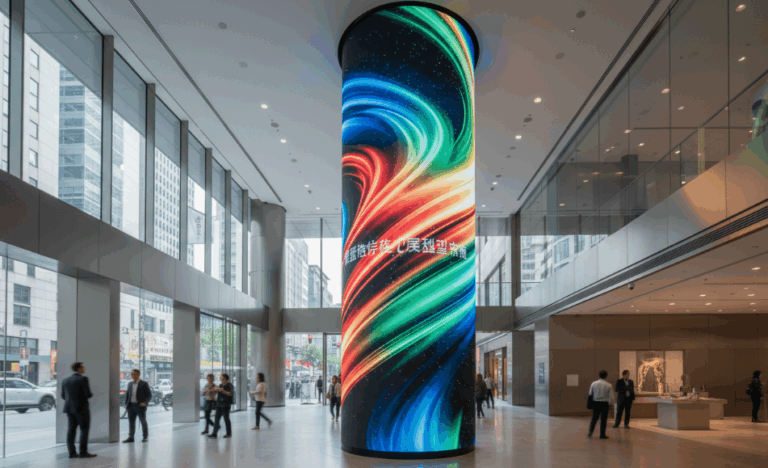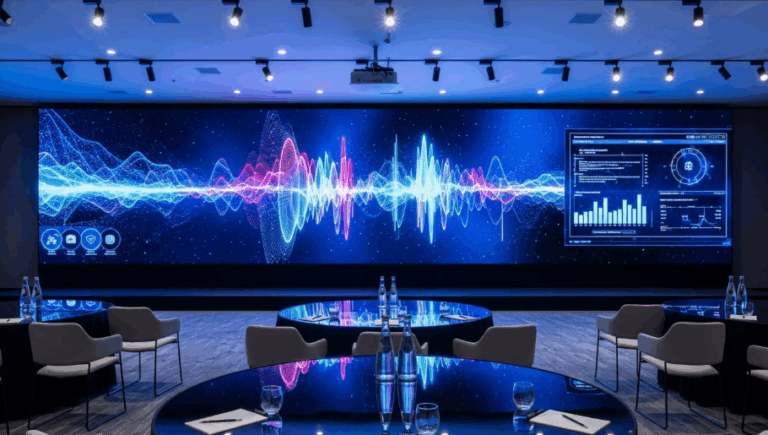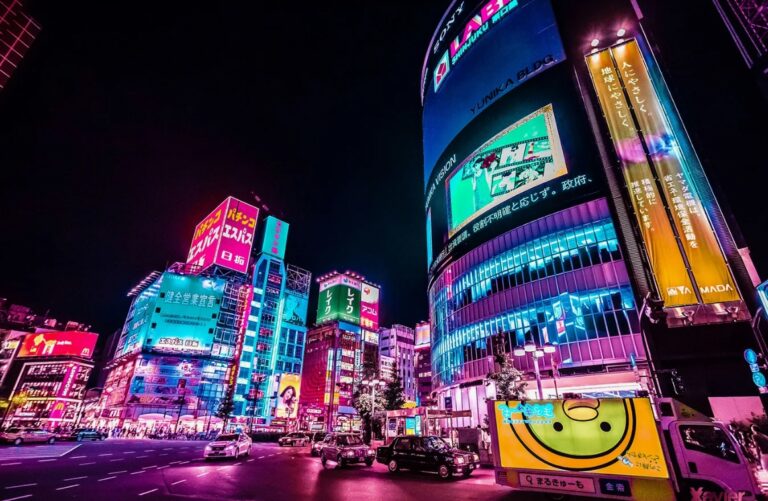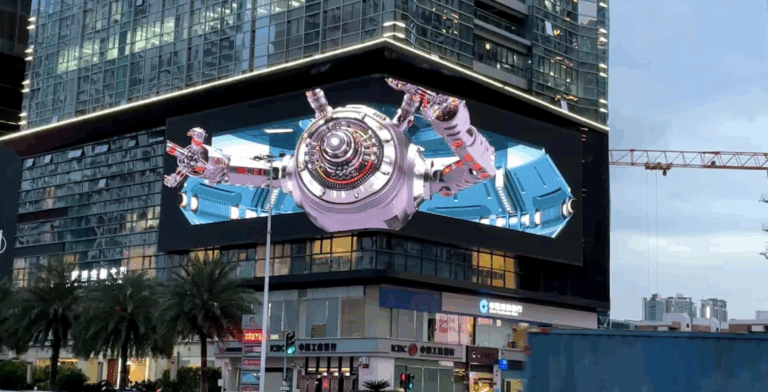Choosing between an LED screen and a regular screen (such as LCD or OLED) depends on specific usage needs, budget, and installation environment. Here are key factors to consider when making a decision:
1. Usage Scenarios
Outdoor Advertising and Large Displays
If your primary need is outdoor advertising or large-scale displays, LED screens are the best option. They offer high brightness and strong resistance to light interference, ensuring clear visibility even under direct sunlight. LED screens are ideal for applications such as shopping malls, airports, and large stadiums, where high-impact visuals are required. Let me introduce you to the 10 differences between LED screens and ordinary screens.

Indoor Displays
For indoor applications like home TVs, office monitors, or small in-store advertisements, LCD or OLED screens may be more suitable. OLED screens provide vibrant colors and high contrast, making them ideal for premium TVs and professional displays. Meanwhile, LCD screens are cost-effective and easy to maintain, making them a good choice for office environments. 8 aspects explain which OLED or LCD screen is better?
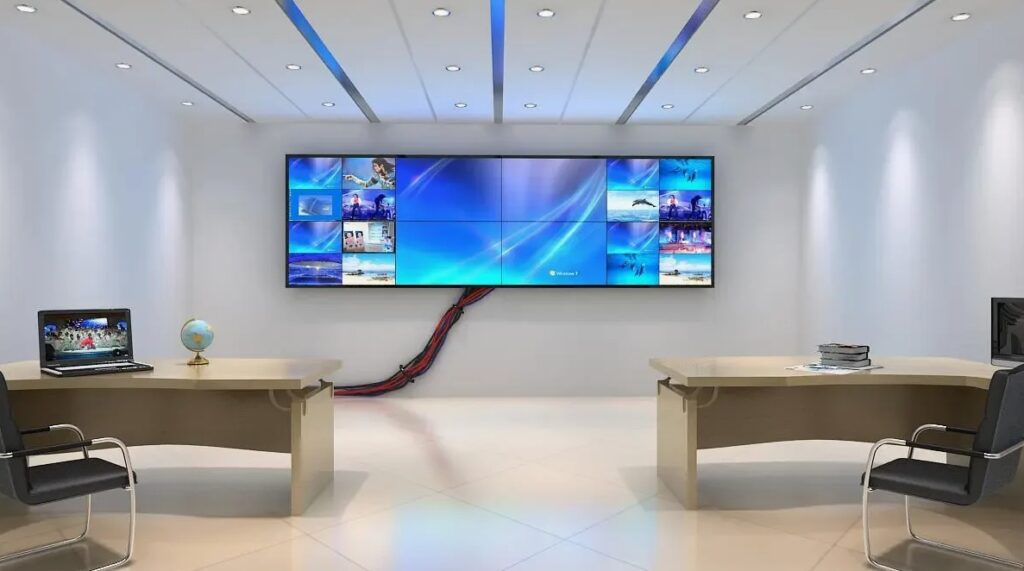
2. Budget Considerations
Higher Budget
If you have a generous budget and need a high-end home theater, artistic display, or corporate meeting screen, OLED screens are worth considering. They deliver exceptional color accuracy and contrast due to their self-emissive technology. However, OLED screens are generally expensive, making them more suitable for users with a higher budget.
Color OLED
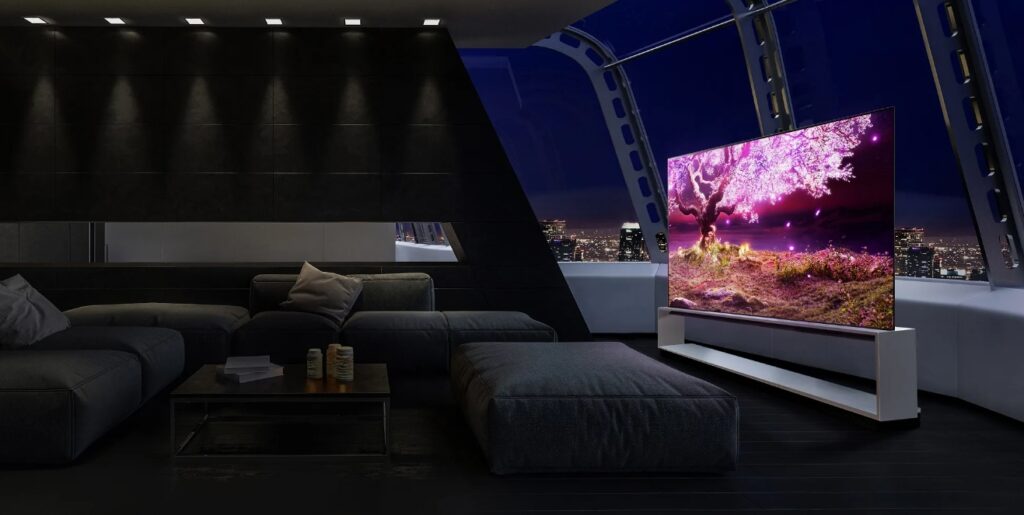
Mid-to-Low Budget
For those with a limited budget, LCD screens offer great value. They provide reliable display performance at a lower cost and require minimal maintenance. For outdoor advertising or large-scale displays, LED screens are a better investment despite the higher initial cost, as they offer greater durability and lower long-term maintenance expenses.
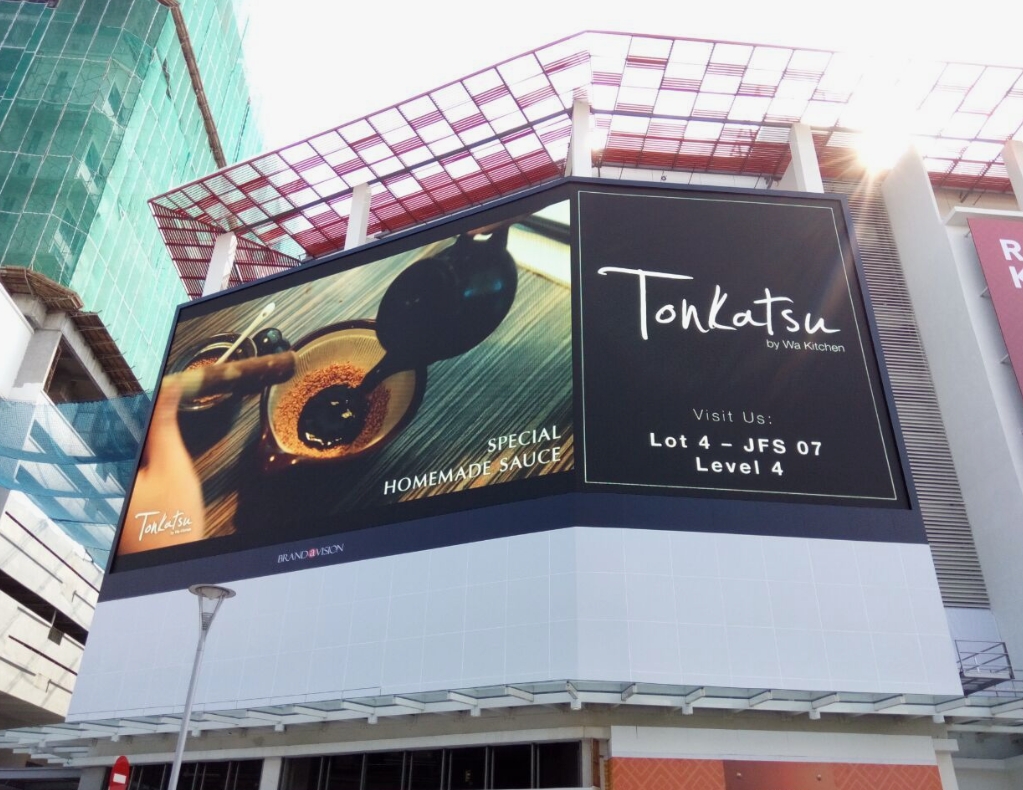
3. Display Quality
High Brightness Requirements
If your display environment has strong ambient light, LED screens are the better choice. Their brightness levels typically range from 3,000 to 5,000 nits, ensuring clear visibility even in direct sunlight. In contrast, LCD and OLED screens may struggle in bright environments, especially LCD screens, which have lower brightness levels.
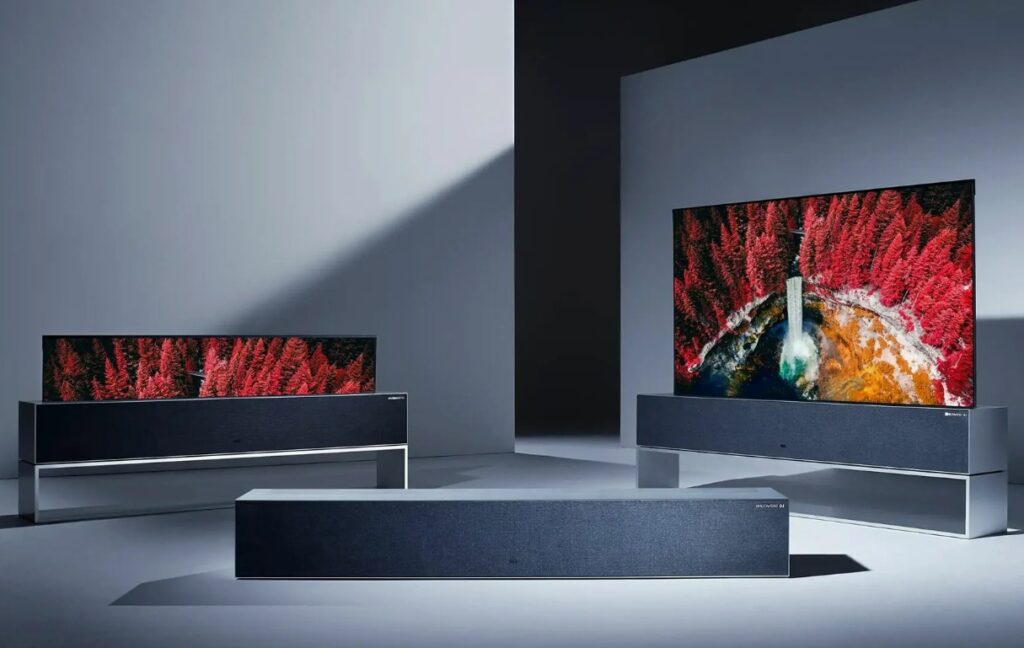
Color and Contrast
For users who prioritize superior color accuracy and contrast, OLED screens are the best choice. Each pixel in an OLED display emits its own light, achieving deep blacks and high contrast—ideal for watching movies, gaming, and high-quality visual experiences.
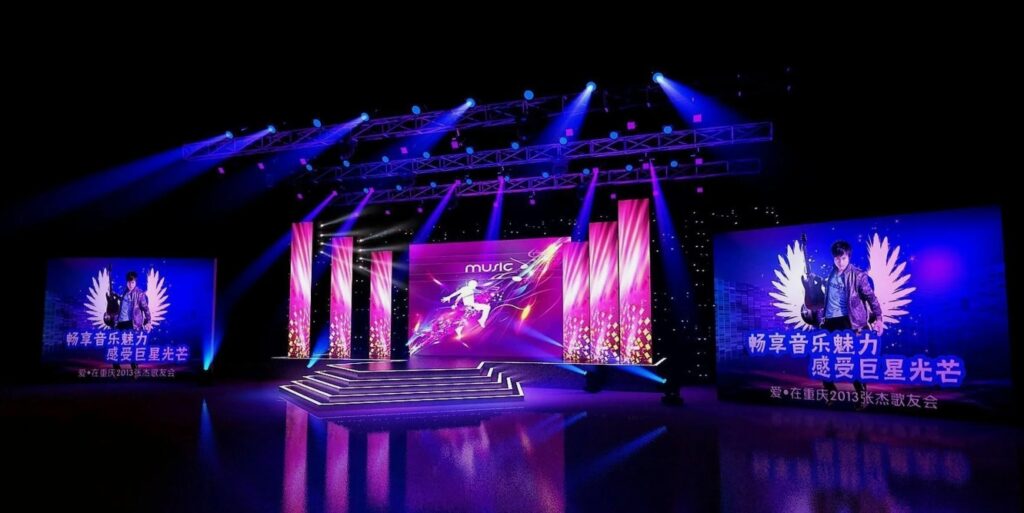
Viewing Angles and Uniformity
In scenarios where multiple viewing angles are required, LED screens generally offer better performance than LCD screens, especially for large displays. OLED screens also provide excellent viewing angles, making them ideal for home theaters and high-end monitors.
4. Installation and Maintenance
Installation Requirements
If the screen will be used outdoors or needs to be moved and rented frequently, LED screens are the best choice due to their durability and easy maintenance. They can be built in large sizes and are designed to withstand shocks, water exposure, and harsh weather conditions. Here are LED rental screens VS fixed installation screens.
Daily Maintenance
OLED screens, while offering superior display quality, are susceptible to “burn-in” over time, requiring careful usage. In contrast, LCD screens are more durable in home and office environments, offering long-term reliability with minimal maintenance costs.
5. Size and Design
Large-Scale Displays
LED screens have a significant advantage when it comes to size. They can be expanded to hundreds of square meters while maintaining excellent display quality, making them ideal for billboards, exhibitions, and large-scale advertising.
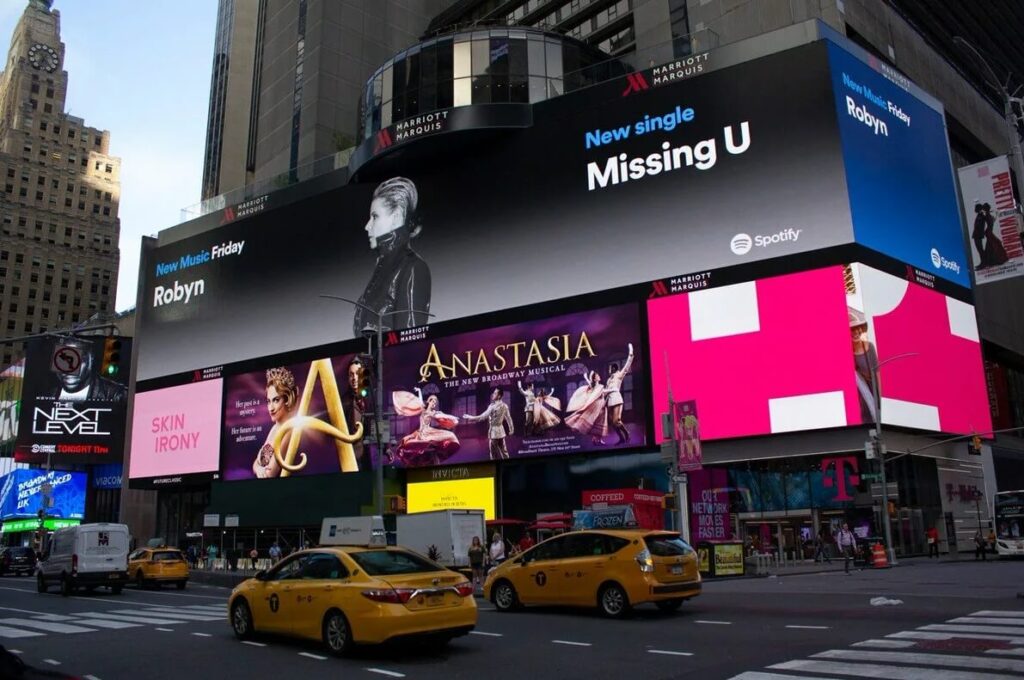
Home or Small-Scale Applications
For home use or small business displays, OLED and LCD screens are preferable due to their slim and lightweight design, which allows for easier installation and a more compact footprint.
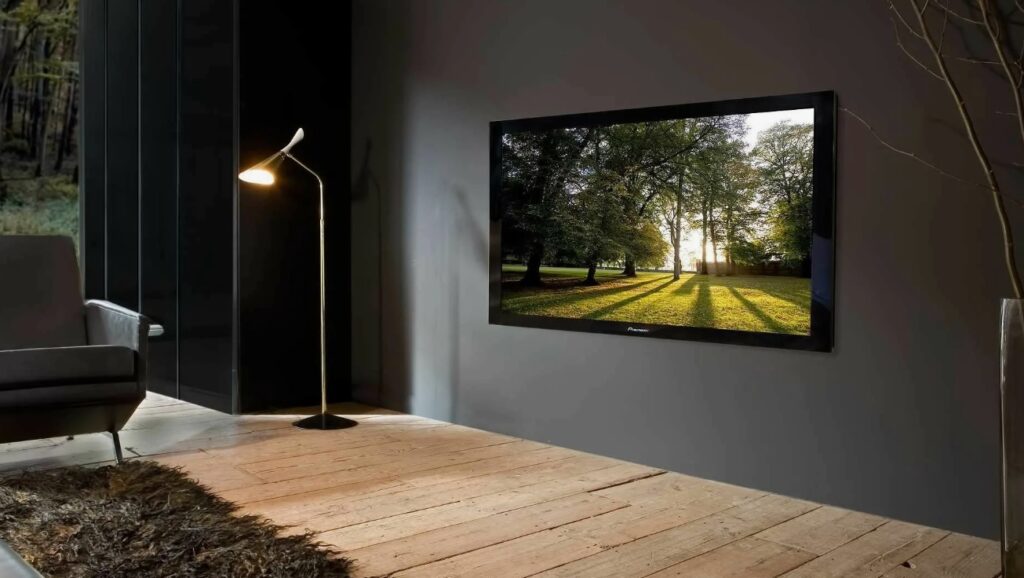
6. Energy Efficiency
Energy-Saving Considerations
If energy consumption is a major concern, LED screens are a more economical choice for large-scale applications. They offer lower power consumption compared to LCD and OLED screens, making them ideal for outdoor advertising where long operating hours are required. The high efficiency and long lifespan of LED screens also help reduce long-term operational costs.
Conclusion
When to Choose an LED Screen:
- Large outdoor advertisements, stadiums, transportation information displays, building facades, etc.
- Situations requiring high brightness, long operating hours, and durability.
When to Choose a Regular Screen (LCD or OLED):
- Home theaters, office use, in-store digital signage, TVs, and consumer electronics.
- Budget-conscious applications or cases where high color accuracy and contrast are a priority (especially OLED).
Ultimately, the best choice depends on your specific needs. If you require a high-brightness screen that remains visible under any lighting conditions, an LED screen is the better option. However, if you prioritize an immersive visual experience, especially in indoor settings, an OLED screen is the superior choice.

